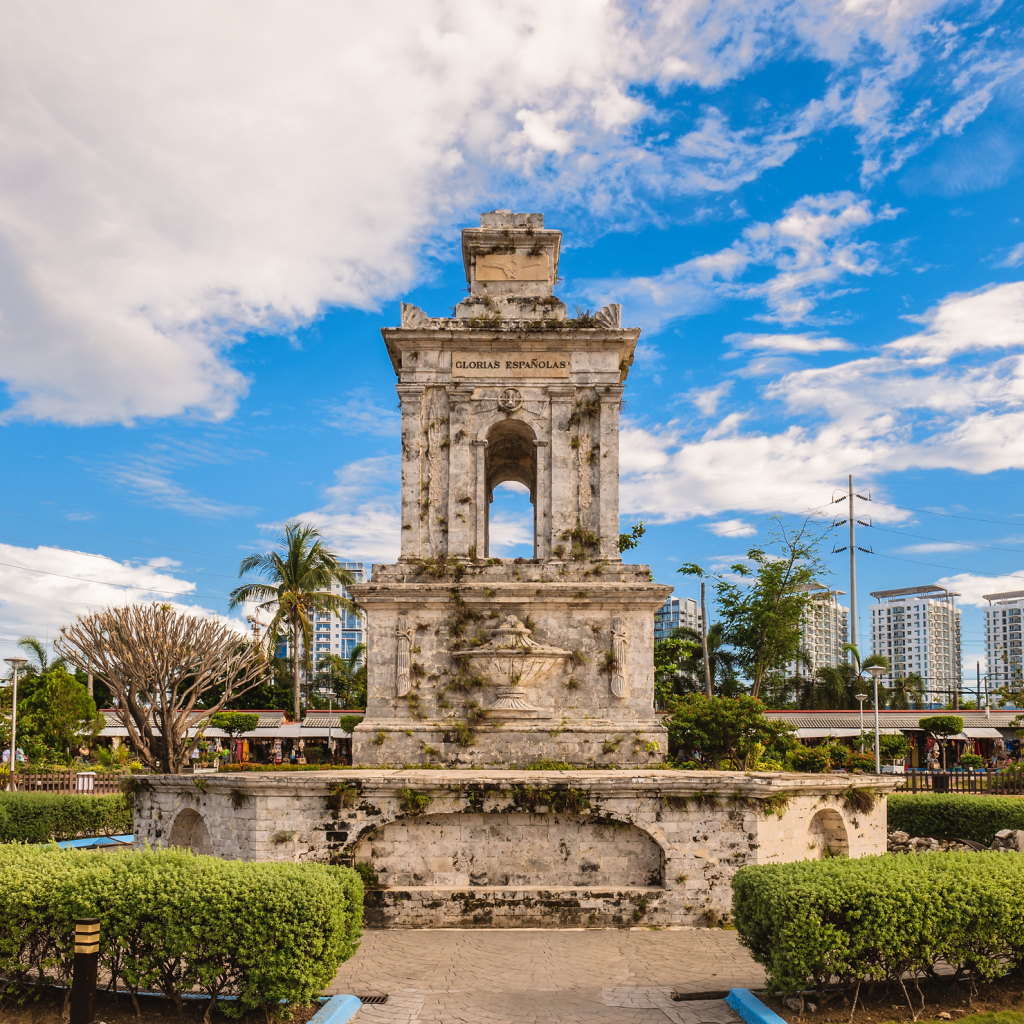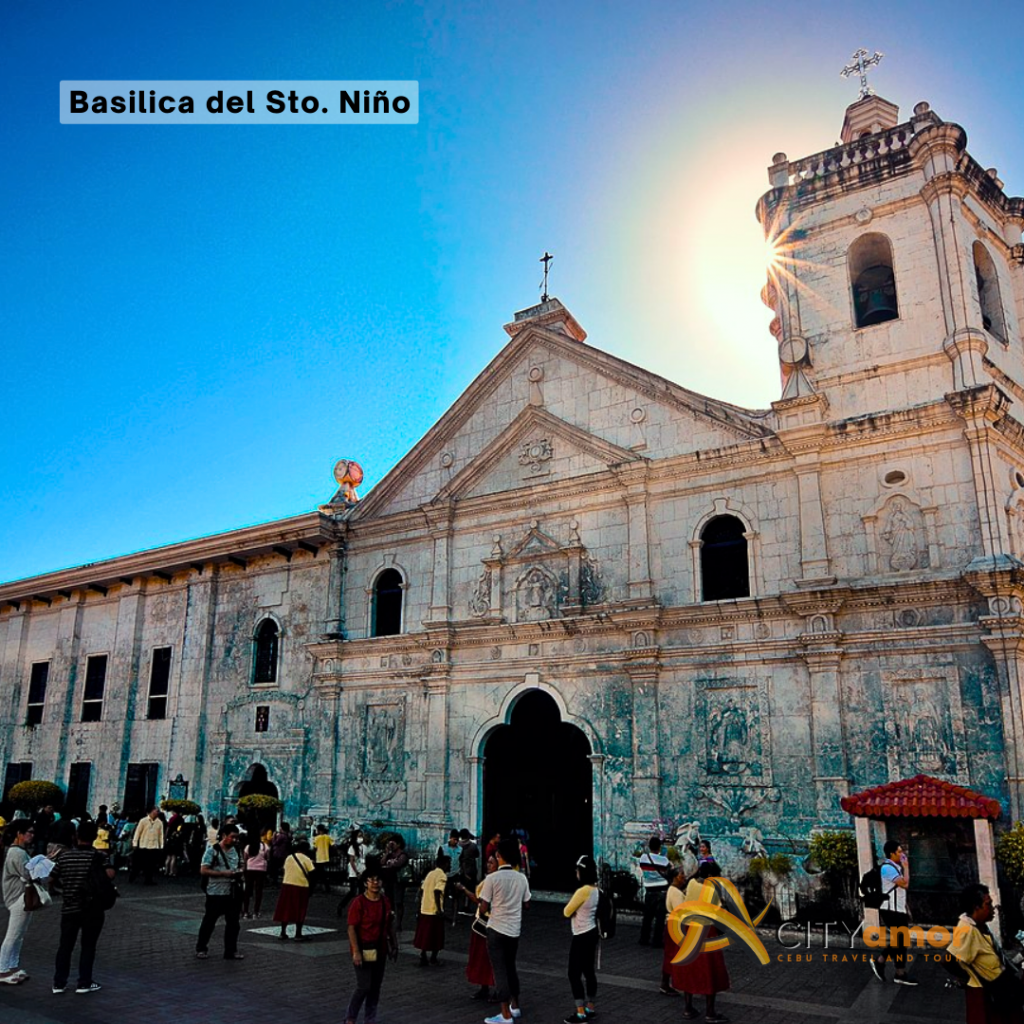In the annals of exploration and discovery, Ferdinand Magellan stands as a towering figure whose quest for the legendary “Spice Islands” not only reshaped the world map but also brought a profound transformation to the islands of the Philippines. Join us as we delve into history and uncover the significance of Magellan’s Cross, an enduring symbol of the introduction of Christianity in Cebu.
The Quest for the Spice Islands
In the early 16th century, the search for the elusive “Spice Islands” became a paramount mission, assigned to the Portuguese explorer Ferdinand Magellan by King Charles I of Spain. Magellan’s daring expedition set out with the ambitious goal of finding a westward route to the Moluccas, renowned for their valuable spice trade. Little did he know that this journey would lead him to circumnavigate the globe and leave an indelible mark on the history of the Philippines.
Magellan’s Arrival in Cebu
On March 15, 1521, Ferdinand Magellan and his expedition reached the shores of Cebu, marking a pivotal moment in the history of the archipelago. The vibrant culture and warm hospitality of the Cebuanos greeted the weary explorers. Little did the locals know that the arrival of Magellan would not only introduce them to a new world but also pave the way for a profound cultural and religious transformation.
The Introduction of Christianity
Magellan, a devout Catholic, saw an opportunity to spread Christianity in the Philippines. His efforts bore fruit, as a significant number of Cebuanos embraced the new faith. On April 21, 1521, a pivotal day in history, Magellan planted the seeds of Christianity in Cebu by placing a cross at a location that would later become known as Magellan’s Cross. This symbolic act marked the formal introduction of Christianity to the Philippines.
Magellan’s Cross: A Testament to Faith
Magellan’s Cross, situated in the heart of Cebu City, has become a revered historical landmark. Encased in wood to preserve its original form, the cross stands as a testament to the enduring faith and cultural exchange that transpired over five centuries ago. Visitors and locals alike flock to this sacred site, reflecting on the profound impact of Magellan’s expedition on the religious landscape of the Philippines.
Preserving the Legacy
Magellan’s Cross serves as a tangible link to a pivotal chapter in Philippine history. The site is not only a place of worship but also a symbol of unity, resilience, and cultural exchange. The encasement of the cross ensures its preservation, allowing future generations to connect with the roots of Christianity in the archipelago.
Visit Magellan’s Cross
When in Cebu, a visit to Magellan’s Cross is a journey back in time, an opportunity to stand in the footsteps of the explorer who, unintentionally, left an enduring legacy in the Philippines. As you gaze upon the encased cross, let the weight of history wash over you, and reflect on the convergence of cultures that occurred on that fateful day in 1521.
In the heart of Cebu City, Magellan’s Cross stands as a silent witness to the convergence of exploration, faith, and cultural exchange. It invites all who visit to ponder the profound impact of that momentous day and appreciate the enduring legacy that continues to shape the cultural tapestry of the Philippines.
Are you considering a travel and tour experience in Cebu? Feel free to reach out to us via Mobile/Viber/WhatsApp at 09477655140 for assistance and inquiries.
















